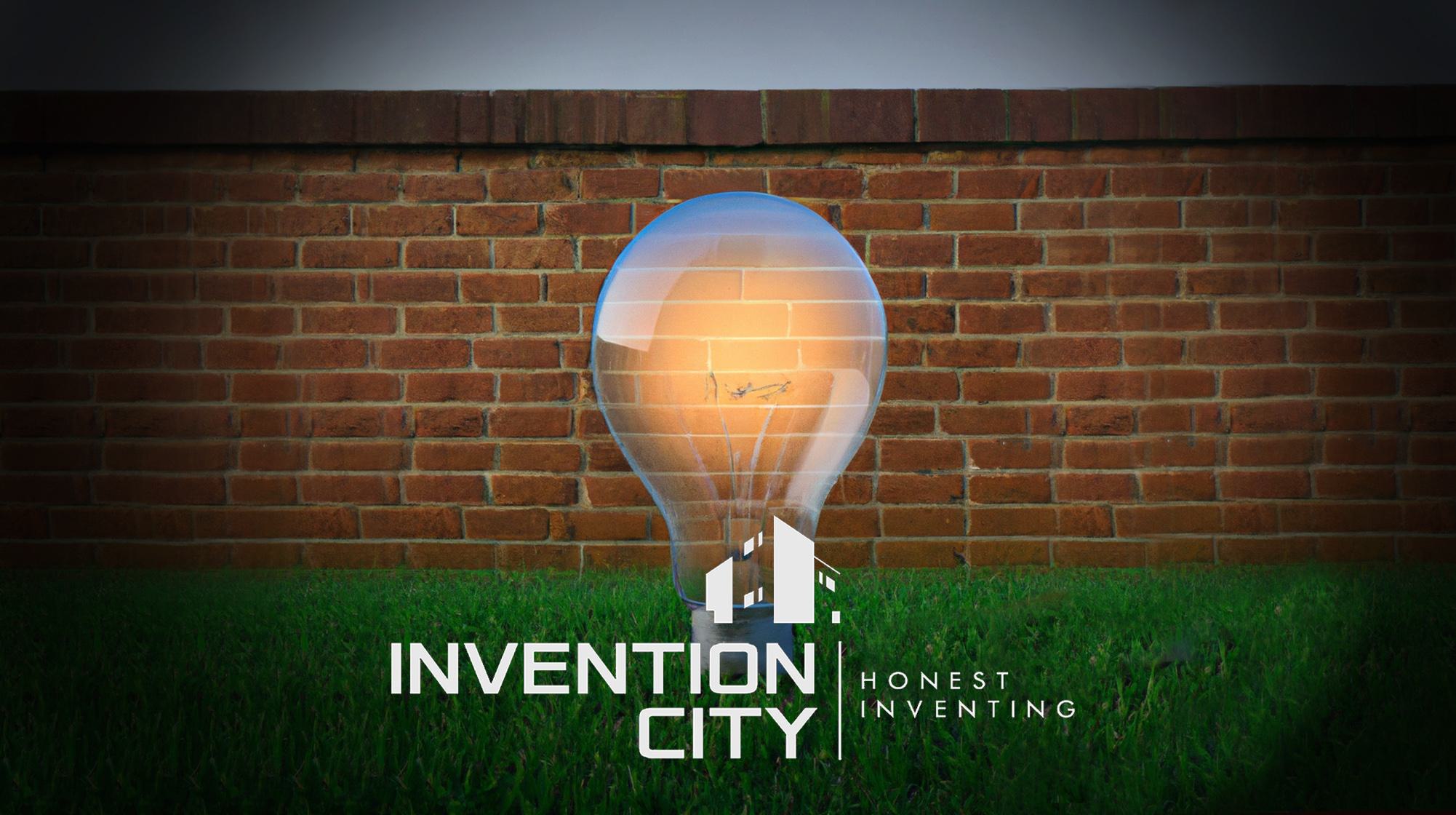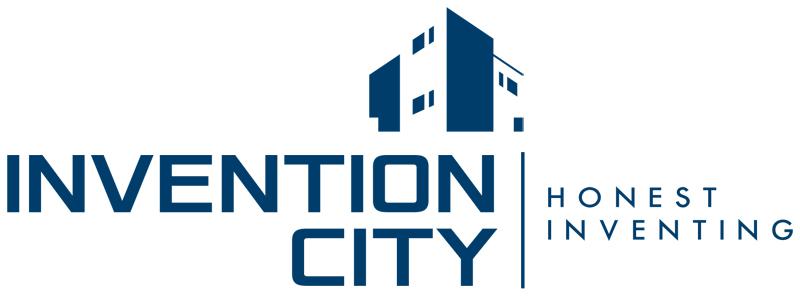Smart Patent Choices
Save thousands of dollars and protect your invention better.

Choose the right kind of patent at the right time and in the right place(s).
Patents can be a wonderful way to protect your invention and profit from it. They can also be a huge waste of money. Making the right choices will save you thousands of dollars and protect your invention better. But where do you find good advice for those choices? Patent attorneys are great at getting patents, but they don't look at the big picture and they also have a profit incentive to see you go forward.
Inventors often ask: Should I file a provisional app on my own for $75 or should I hire an attorney for $2000+? Should I file a non provisional app right away, or a PCT application for international protection? Would a design patent be helpful for my particular invention? How easily can someone get around my patent? What about trademarks? Copyright? What's a fair price to pay? How do I find a good patent attorney?
When it comes to patents, answers that seem easy and obvious can sometimes be wrong. If you make a bad decision at the beginning stages it could cost you a fortune in the future if your invention becomes a big success.Our experience has given us a perspective that is uniquely helpful to independent inventors.
Begin a conversation with us about your patent needs and more:
Learn more about patents below.
How patents worked to prevent knockoffs and get licensing deals for three products:
First Things First
You do not need a patent to manufacture your invention yourself and sell it to others. With some companies you do not even need a patent to get a licensing deal. But a patent is necessary if you want to limit your competition and increase your profits and most companies will only do licensing deals when an invention has a patent issued or at least pending.
What is a Patent?
A patent is a form of intellectual property that you can use yourself, sell, or rent (license) to others. It is granted by a government and you have to enforce it yourself. There are two main kinds of patents, utility and design. Design patents last for about 14 years and cover what something looks like. Utility patents last for about 20 years and cover how something is put together and how it works. There are three main elements to a patent: 1) a full description of your invention; 2) drawings; and 3) claims. The claims describe the things about your invention that are unique, they detail the specifics that others can’t copy without your permission.
How to Get a Patent
You get a patent by filing an application with a patent office (each country has its own, in the USA it is the USPTO). A patent examiner compares your invention to inventions that are already known (“prior art”) and decides whether or not to allow your claims. It is a back and forth process and you usually have to change your claims to get them allowed. You can get a patent on your own, but there is a lot to know. Patent attorneys and agents will save you a lot of time and frustration, help you avoid mistakes and greatly increase your odds of success.
Provisional Patent Application
A provisional patent application (PPA) is a way of claiming that you are the first to invent your invention. It establishes a priority date and serves as a reservation that secures your rights for up to one year. Within that year, you can file a non-provisional patent application to maintain your priority date and proceed to seeking an issued patent. Patent examiners do not review a PPA and a PPA cannot be enforced to stop someone from copying your invention. PPAs are also not published so no one knows what you are likely to claim. When you’ve filed a PPA you can say your invention is patent pending, and that serves as a warning that you are in the process of getting a patent that could be enforced in the future.
PPAs are less formal and cost much less to file than non provisional patent applications. They are good for doing market research to determine whether or not you want to move forward with your invention idea.
Non-Provisional Patent
When people say that something is patented they are referring to a non-provisional patent that has been issued with claims that can be enforced. A non-provisional patent application goes through an examination process and is published so the public can see it while it is still pending.
How Much Does a Patent Cost
The cost for a PPA can be less than $100 if you write file it yourself and up to $2000+ if you have it written and filed by an attorney. For a simple invention, the cost for a non-provisional utility patent, from writing and filing through issuance, can run between between $5,000 to $15,000 if you work with a professional. Filed through an attorney a design patent costs between $1500 and $3000. The discussion above refers to patents in the USA. International patents are another story.
Patent Guidelines
- Confidentially confirm and research your idea by talking to family and friends. Look for competitive products and patents online. Consider Invention City’s Brutally Honest Review.
- File a provisional patent application, create a presentation and do a market research survey.
- Develop and refine your concept with a working prototype.
- Get advice from a reputable patent lawyer or agent.
- File a non-provisional patent.
More
We suggest avoiding patent idea service companies because they will encourage you to spend money on a patent even if the invention has little chance of market success. Moreover most patent idea service companies will not do as good a job in getting a you a patent as a reputable patent lawyer or agent. Patents are tricky things. It's really not too hard to get one on something. What's hard is to get a patent that's worth the time, effort, stress and money. There's a big difference between "a patent" and "a good patent." Patent help is expensive but if your invention finds great commercial success it's worth every penny.
- Provisional Patent Application Outline
- 6 Things Every Inventor Should Know About Patents
- How to Get a Patent on Anything
- How to File a Provisional Patent Yourself
- Cost of International Patents
- Patent Strategy Review
- Inventing 101
- Three Examples of How Patents Work and Why They're Useful:
Prior Art
Prior art is a term that describes things that are publicly known. Prior art cannot be patented. However, since patents are about unique details, prior art that superficially overlaps the broad concept of the invention may not prevent a patent from being issued on the details of that invention. Knowledge of prior art can help to improve an invention - that, in fact, is one of the main reasons for the entire patent system. Researching prior art is the first step to getting a patent. Patent research is hard to do well and professional help is worth the expense. However, in the early stages, even inexperienced inventors can benefit greatly by visiting the USPTO website or Google Patent Search and doing some preliminary research. If you go to USPTO, on the home page under "Patents", click on "Search" and then on "Quick Search". Once there you will see blank boxes for Term 1 and Term 2. Enter a single word that describes your invention in each box. To the right of the key word box you will see a menu box for each Field. Open the menu boxes and set them to "Abstract" for each term. The Abstract is a summary of the invention and is a good place to start your search.
Learn About Invention Protection
- Confidentiality Agreement Review - Invention City Article. Learn about the most basic tool of invention protection. Examples provided.
- The Disclosure Dilemma - Invention City Article. You need to talk about the invention to move it forward. How do you do that without giving away the store?
- Overview of Patent Law - Brief 1-page summary of patent law from Cornell Law School.
- United States Patent and Trademark Office - The USPTO web site is a must visit for every inventor.
- Patent It Yourself
- David Pressman's classic belongs on every inventor's bookshelf. It provides an in-depth understanding of the patent process and will help you make intelligent decisions regardless of whether or not you actually do it yourself. The cost is $39.96. The value is easily twice that much.
Patent Research Links
- Espacenet - The European Patent Office search tool covers the world, including the USA.
- Google Patents is a great place top start a patent search..
- United States Patent and Trademark Office - Currently you can search through full text patents issued since 1976. Full page images may be viewed going back to 1790
- Clarivate - Slick tool for searching patents by key word and phrase back to 1971. You need Adobe Acrobat Reader installed to view images of patent front pages.
- The European Patent Office - Provides the ability to search through its patents. Beware that patent law differs amongst countries.
Trademarks
- United States Patent and Trademark Office - Once again, the USPTO is a great resource.

share this article: facebook